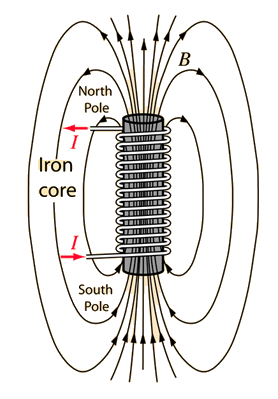 An auto mechanic (or car mechanic in British English and motor mechanic in Australian English) is a mechanic with a variety of car makes or either in a specific area or in a specific make of car. In repairing cars, their main role is to diagnose the problem accurately and quickly. They often have to quote prices for their customers before commencing work or after partial dis-assembly for inspection. The mechanic uses both electronic means of gathering data as well as their senses. Their job may involve the repair of a specific part or the replacement of one or more parts as assemblies.
An auto mechanic (or car mechanic in British English and motor mechanic in Australian English) is a mechanic with a variety of car makes or either in a specific area or in a specific make of car. In repairing cars, their main role is to diagnose the problem accurately and quickly. They often have to quote prices for their customers before commencing work or after partial dis-assembly for inspection. The mechanic uses both electronic means of gathering data as well as their senses. Their job may involve the repair of a specific part or the replacement of one or more parts as assemblies.Basic vehicle maintenance is a fundamental part of a mechanic's work in modern industrialized countries, while in others they are only consulted when a vehicle is already showing signs of malfunction. Preventative maintenance is also a fundamental part of a mechanic's job, but this is not possible in the case of vehicles that are not regularly maintained by a mechanic. One misunderstood aspect of preventative maintenance is scheduled replacement of various parts, which occurs before failure to avoid far more expensive damage. Because this means that parts are replaced before any problem is observed, many vehicle owners will not understand why the expense is necessary.
Due to the increasingly labyrinthine nature of the technology that is now incorporated into automobiles, most automobile dealerships and independent workshops now provide sophisticated diagnostic computers to each technician, without which they would be unable to diagnose or repair a vehicle.


















